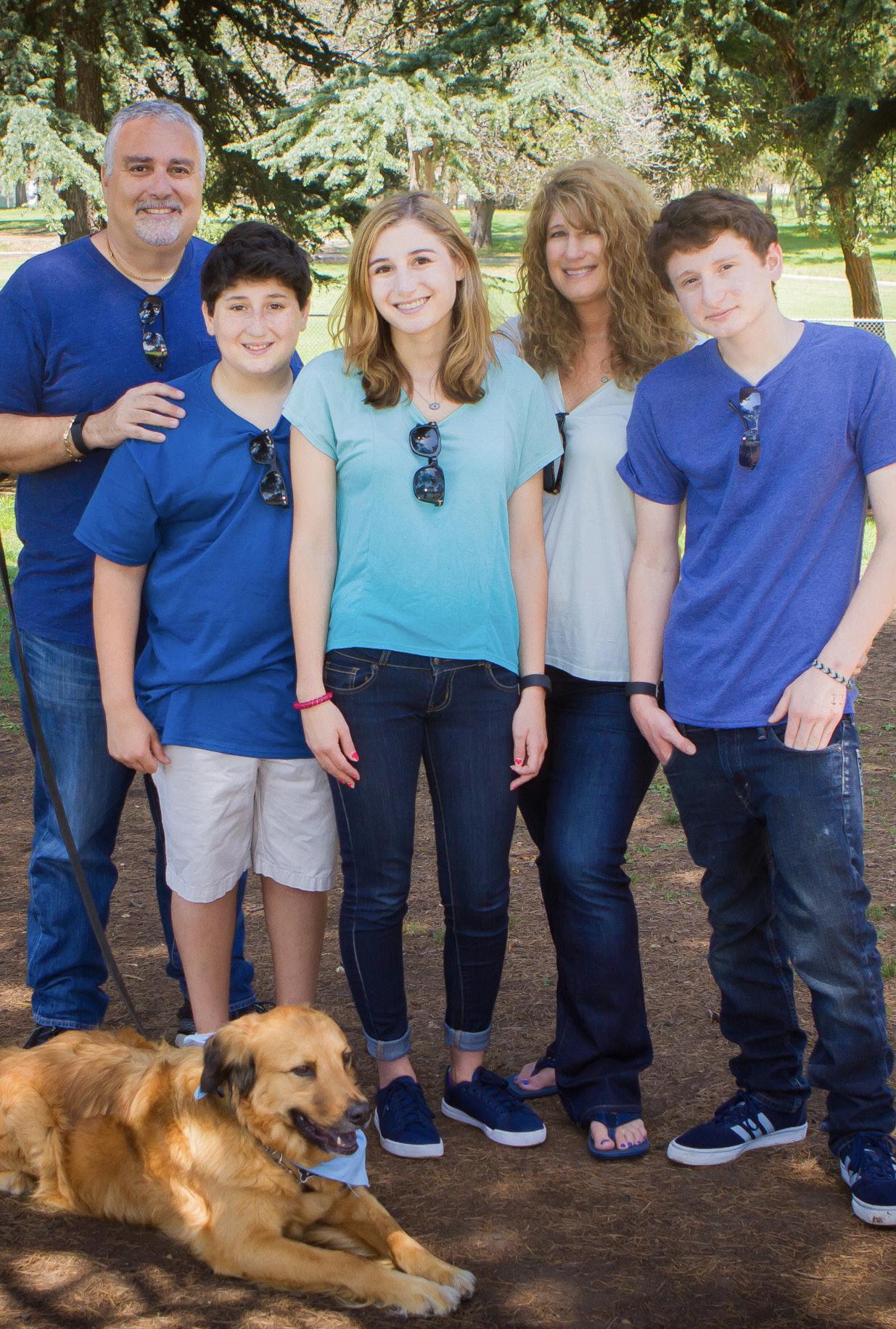
10 minute read
ICON GOLF CARS (PG
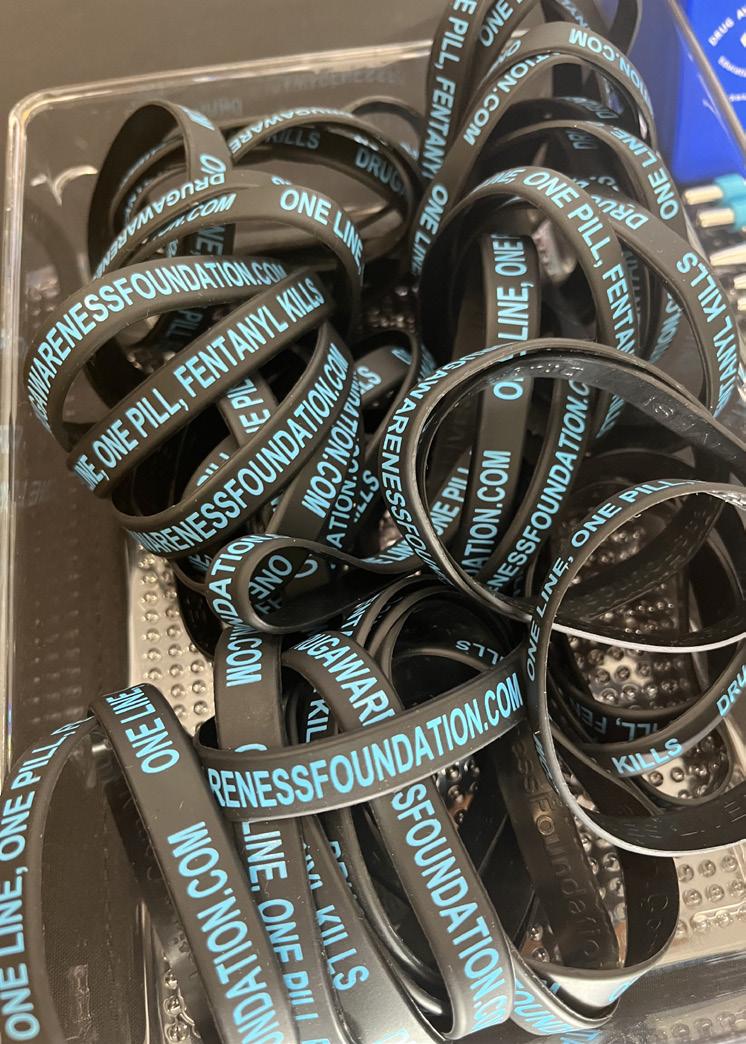
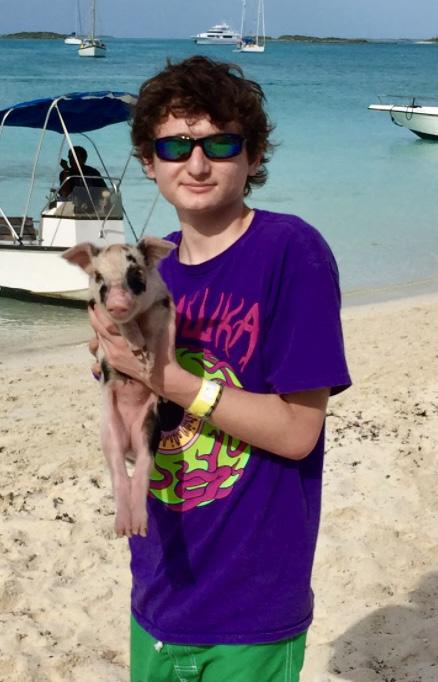
Educating on overdose awareness and fentanyl poisoned drugs is a mission of the Shamash Family’s Drug Awareness Foundation. Juli was inspired to destigmatize shame related to drug issues “after going through everything with my son. I do not claim to be an expert on addiction. I always say you cannot love away addiction. I do not focus on that, I focus on what I feel like I can change, help or educate, and that is to notify kids that there is fentanyl in everything.”
Their foundation has recently started working on making Narcan available on all domestic airlines, and in the administration buildings and dorms at UCLA. Juli needs “a purpose to get up every day. Maybe I am saving lives in Tyler’s memory. My biggest achievement is getting Tyler’s Law passed.” With the help of California Senator Melissa Melendez, they successfully passed Tyler’s Law (SB 864) which states if a provider chooses to do a five panel urine drug screen test, fentanyl will be automatically included in that test. This bill ensures hospitals provide testing access and capability.
Illicitly produced fentanyl chemicals are primarily made in China and manufactured in Mexico. They cause respiratory distress and death when incorrect doses are taken or combined with other substances, especially alcohol or other drugs such as heroin or cocaine. Most recently, local cases of fentanylrelated overdoses have been linked to online illegal markets. Teenagers are accessing drug
dealers through social media outlets like SnapChat, Instagram or TikTok where they are able to use money apps like Venmo, Apple or Zelle to pay for drugs to be delivered to their homes. The drugs are not manufactured by chemists rather they are counterfeited with fillers by dealers who are not checking for potency or consistency leading to the reality that “one pill can kill.”
It may be hard to tell whether a person is high or experiencing an overdose, since symptoms are very quiet. Users look like they are nodding off into a deep sleep, snoring, and small constricted “pinpoint pupils” are a giveaway. The first thing one should do is call 911 immediately, followed by administering naloxone if available. Naloxone, more widely known as Narcan, is a life-saving medication that can reverse the effects of an opioid overdose and save lives. It is available in all 50 states and can be purchased from local pharmacies without a prescription. Narcan nasal spray is easy to carry, and when used it binds with the opioid receptors in the brain to reverse an overdose and give time to call 911 or bring the patient to an Emergency Room.
Hidden Hills resident Mali Malka is raising awareness and creating a safe space for conversation about the real dangers of Fentanyl by moderating the speakers for the recent Teen Fentanyl Crisis Educational Event. The panel told personal stories including Tyler Shamash’s loving legacy, answering questions about their first-hand experiences while an expert was on hand to educate how to administer Narcan in an emergency. In response to the local crisis, the Hidden Hills Homeowners Association placed Narcan at the gates showing a community acknowledging fentanyl-related overdose deaths and poisonings.
Fentanyl can be found in large metropolitan areas to rural America, and no community is safe from this poison. Not my child are the three most dangerous words a parent can utter. Mali was motivated to begin the difficult conversation about the single deadliest drug threat our nation has ever encountered for local parents and teens “so kids will think of their families. This is so much bigger than we realize and I hope one person can be saved from this poison. We need to do something now, we don’t have time for a cup of coffee about it because while you are having coffee, someone can take a pill.”

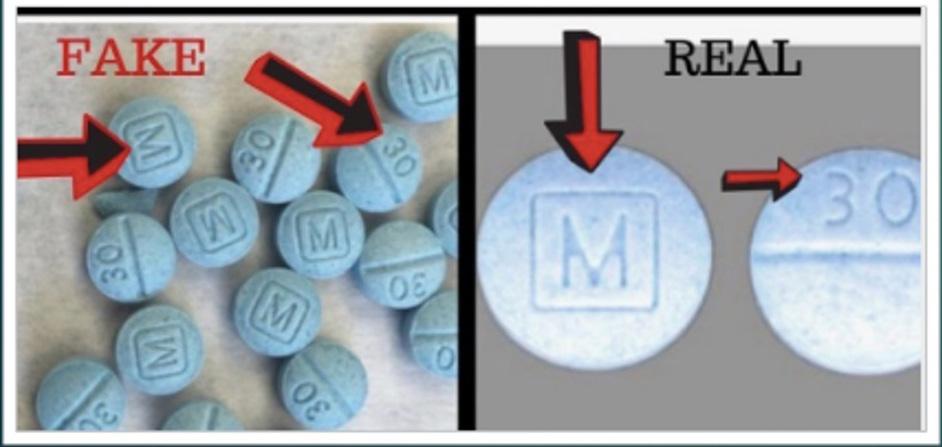
Examples of counterfeit Xanax, Oxycodone and Percocet. Can you tell the difference?
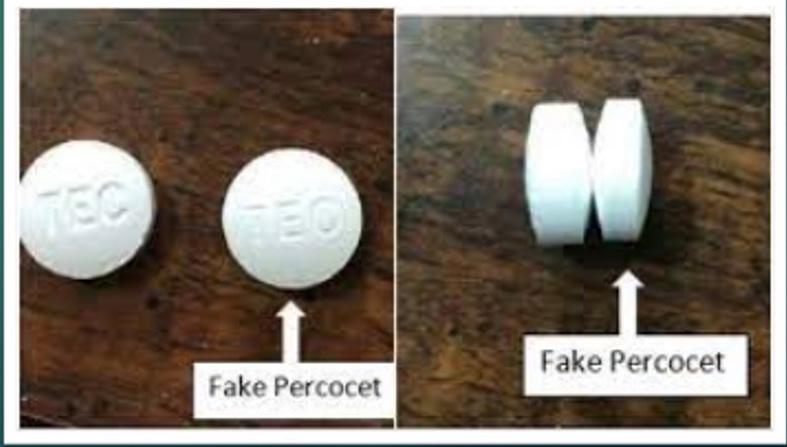
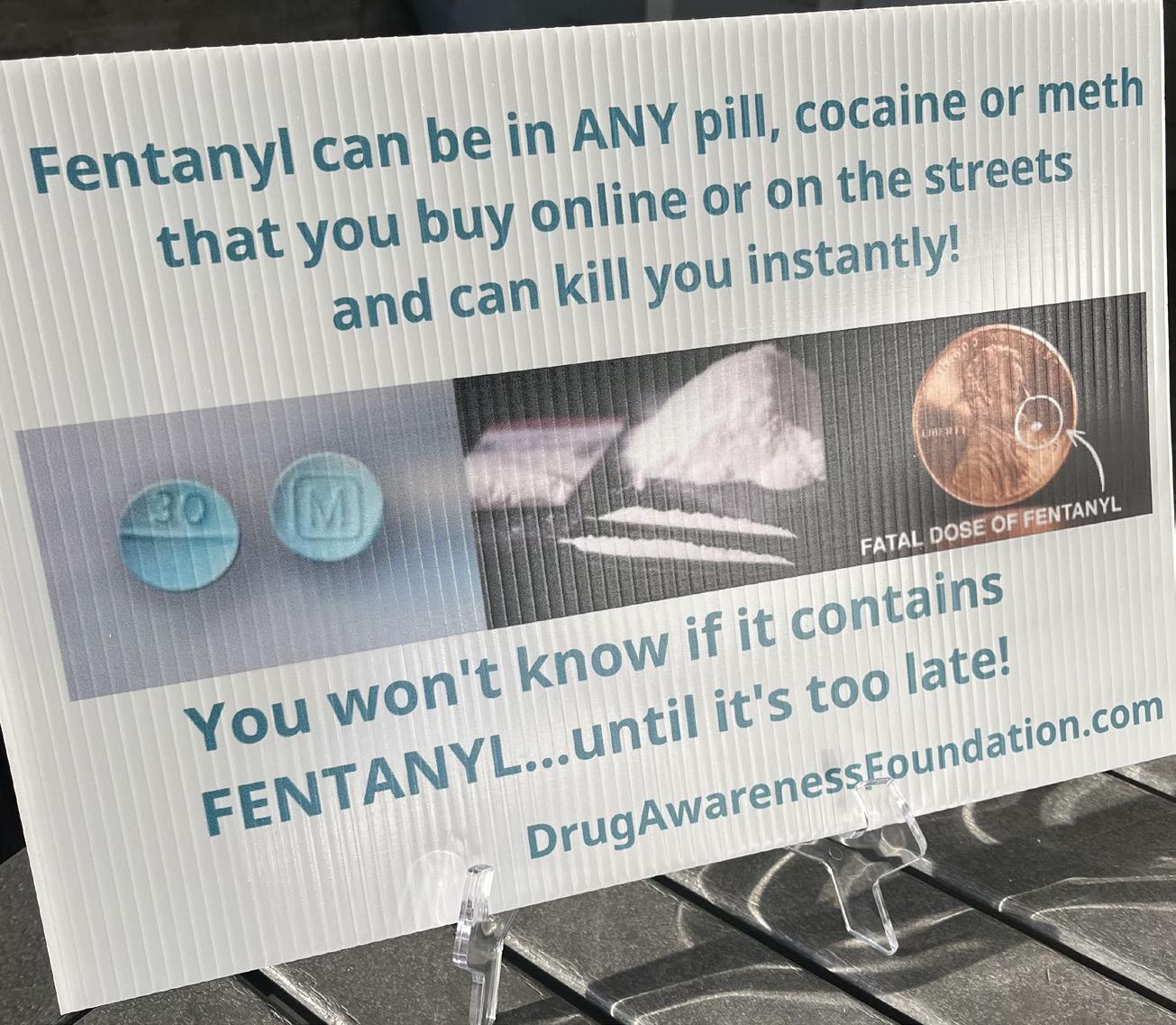
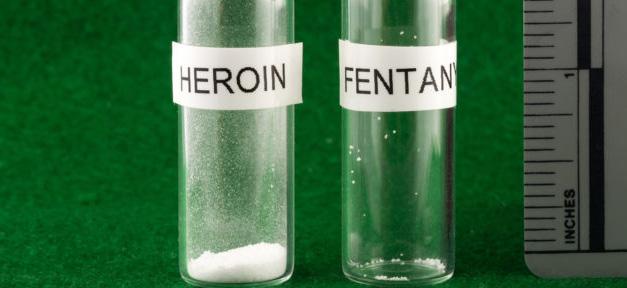

Miguel Leonis the Leonis Adobe
A glimpse into California’s yesteryears at the #1 Los Angeles City Cultural Landmark
By Jacqueline Cleaveland
Photos provided by The Leonis Adobe Museum Archives
Beyond the sepia-stained photographs, a piece of living Southern California history stands along the streets of Calabasas. Adjacent to the 101 freeway, the 19th-century home called the Leonis Adobe is nestled in one of the most developed areas in the country. The Leonis Adobe holds the title as Los Angeles’ First Historical Landmark and is now celebrating 60 years of said achievement.
The Leonis Adobe’s Museum curator and historian, Dinna Rivera-Pitt, says that the Leonis Adobe is “surrounded by historical inaccuracies” and that it is “an uphill battle correcting the narrative about Miguel Leonis and the Leonis Adobe.” Standing six-footfour with piercing blue eyes and being known as one of the wealthiest land barons of his time (though he was illiterate and knew little speaking English) Miguel Leonis surely did have many larger-than-life qualities. But as time passed and due to a couple imaginative raconteurs, Miguel’s life soon hit the looms of storytelling and got spun into fantastical yarns. Most publications about Miguel Leonis that are not from Leonis Adobe Museum research likely have historical inaccuracies ranging from wrong dates to plain fabrications such as Miguel Leonis winning his wife in a poker game.
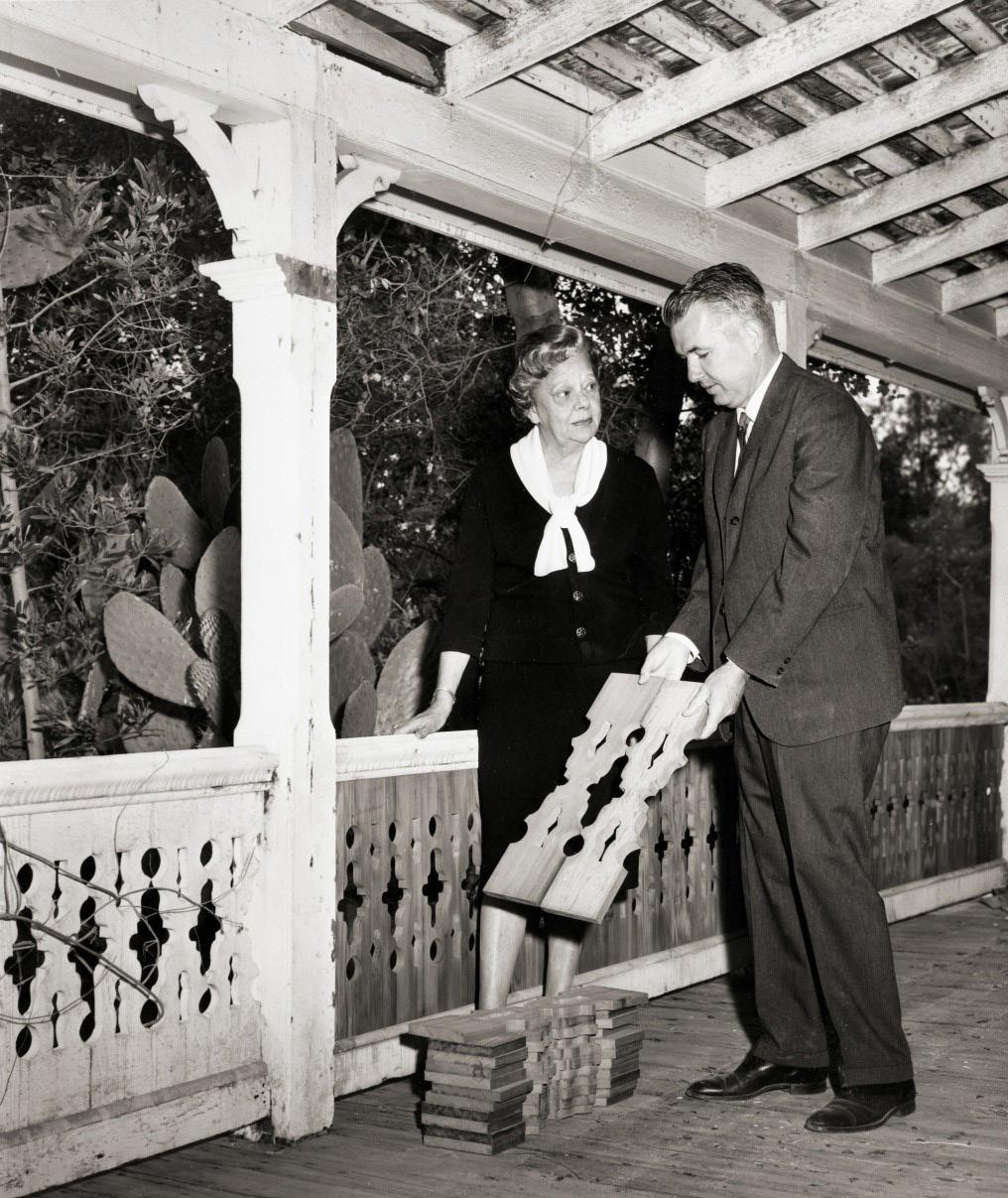
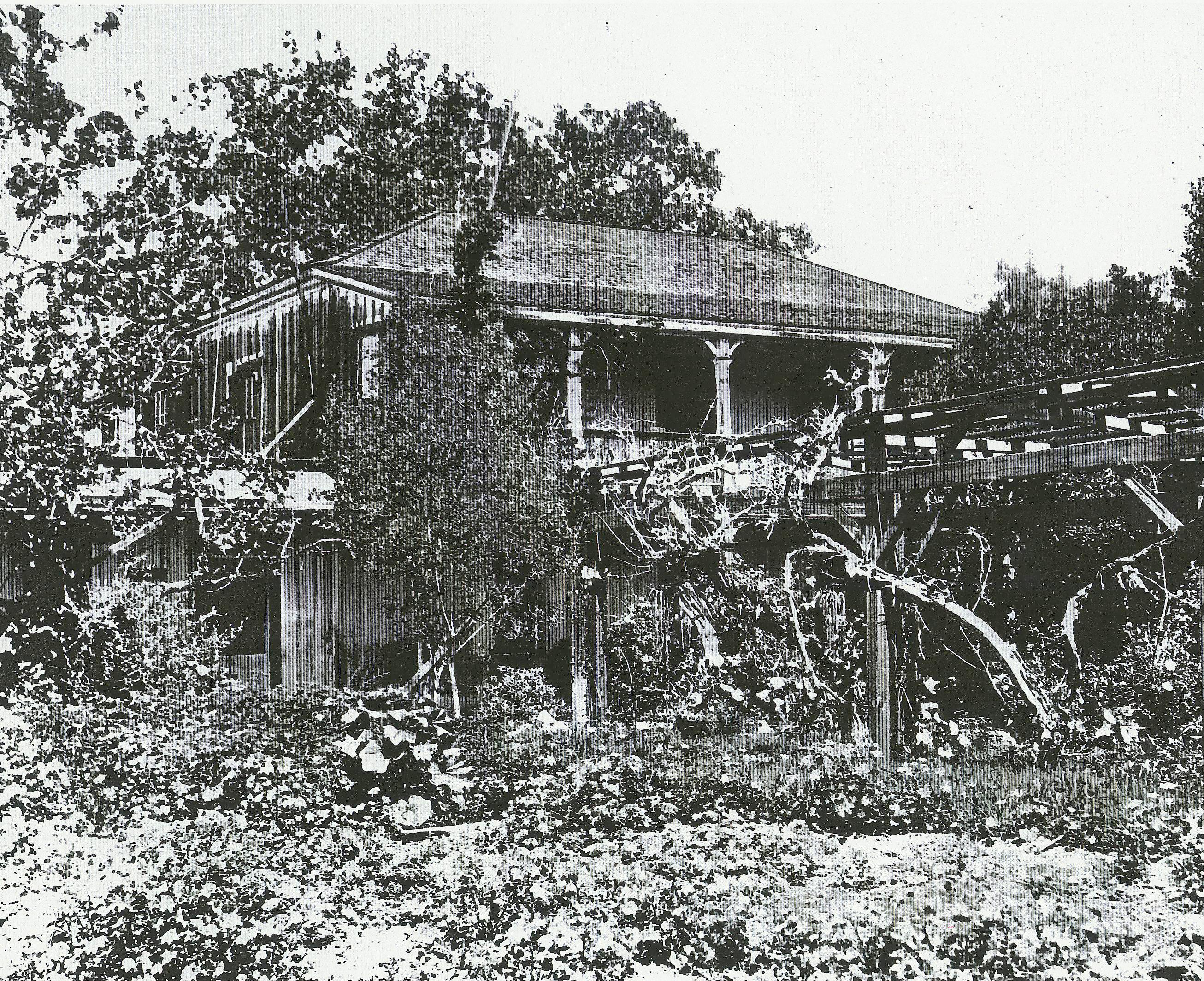
Despite the historical inaccuracies that surround Miguel’s life, Dinna Rivera-Pitt remarked that the mythology surrounding him and the Leonis Adobe benefitted the preservation of the establishment as it kept Miguel’s name and image in popular circulation. If not for the notorious tall tales, the name of Miguel Leonis may have fallen into obscurity.
According to historical records and paper trials, it is known that Miguel Leonis was born in 1822 in Cambo Les Bains, a Basque region of Southwest France. Miguel Leonis arrived in the San Fernando Valley in 1854 and he most likely immigrated with his brother, Jean, through South America. His means of travel can be theorized by the fact that it was a popular route for young Basque males to travel to the United States through South America.
The California gold rush forever changed the demographic of this area with dreamers and adventurers from all around the world wanting to change their luck. Miguel traveled to the San Fernando Valley at a time when Spanish speaking Californios reigned supreme. Though there were a number of French Basques in Los Angeles. In order to gain a higher social status, many of them opted to present themselves as having a Spanish lineage, striving to adopt the Spanish title “Don” which denoted Californian nobility. This contributes to the reason Los Angeles isn’t especially renowned for its French influence, many of its French Basques were in disguise. So, despite not knowing how to read and write in English, often signing his legal documents with just an “X”, “Don” Miguel Leonis was known to have an immense memory and a fierce business sense that transformed him into one of the most successful land barons.
Before the wealth and land accumulation, Miguel was a shepherd, and contradictory to the cultural customs, he married a Native American Chumash woman named Espiritu Chijulla. Whether for romance, business gains, or a little bit of both, their reason for the marriage cannot be concluded. But it is known that Espiritu’s father, Odon, owned an 1854 Mexican land grant of the name Rancho El Escorpion which is modern day Woodland Hills and West Hills. Through his union with Espiritu, Miguel eventually obtained Rancho El Escorpion and this
The Leone Adobe as it currently stands
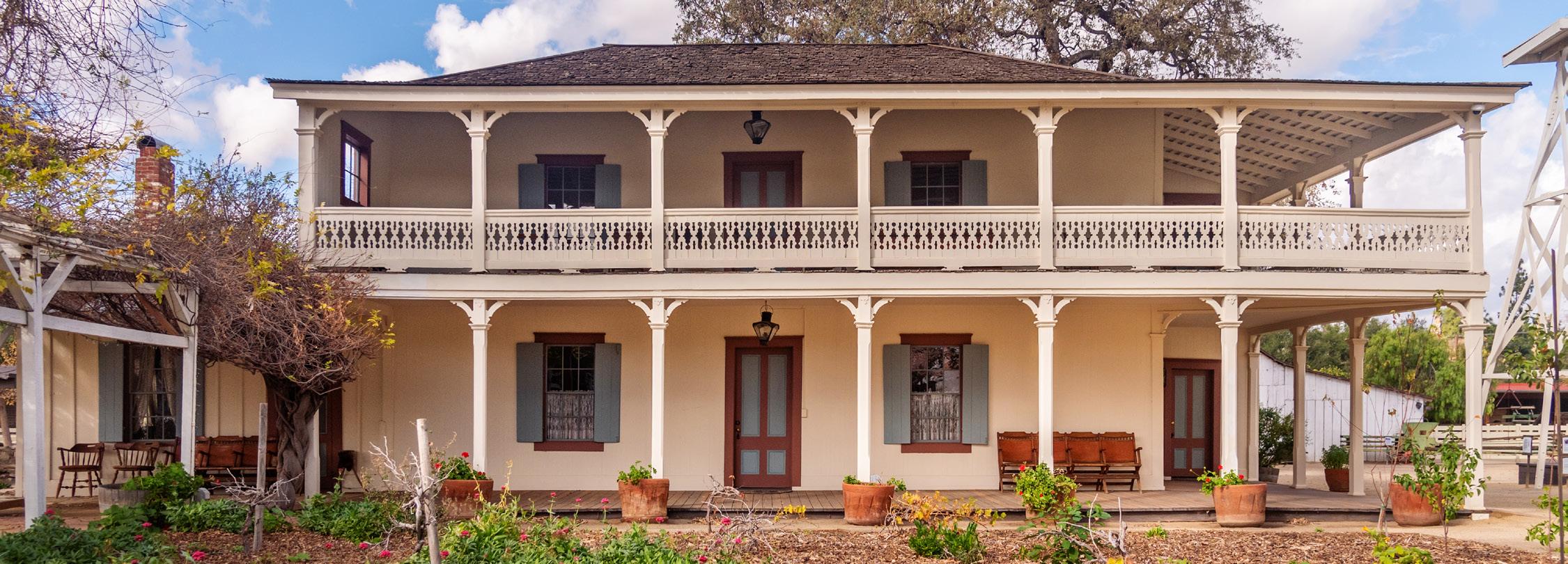
land acquisition began his momentum to become one of the most successful land barons of his time. By 1859 Miguel Leonis had become one of the wealthiest men in Los Angeles, and through research of land deeds and property records, it can be concluded that he owned up to around 18,788 acres of land. This is how he became known as the “King of Calabasas.”
Miguel was not the only person within the history of the Leonis Adobe who succeeded despite insurmountable odds. After Miguel’s death, Espiritu was snubbed out of her legal right as his wife to the Leonis Adobe property because she was listed as a “faithful housekeeper” in his will, which was likely orchestrated by Miguel’s attorneys. She had to legally battle the declaration for a long 16 years, but she never surrendered and finally achieved an extraordinary victory. Being a Spanish speaking Chumash woman in the mid-1800s California, Espiritu defied insurmountable odds and succeeded.
After Miguel and Espiritu’s death, the Leonis Adobe passed through many different ownerships, in which most of them did not place a high priority on the historical preservation of the property. Lester Agoure (related to Don Pierre Agoure who is the namesake of the city of Agoura) and his silent film actress wife Frances Lea bought the Leonis Adobe from Espiritu’s son, Juan Menedez in 1922. The couple lived there until 1929 and were known to throw extravagant, Gatsby-esque parties on the property during their time there. Then the Leonis Adobe then had some odd incarnations, such as being a casual chicken dinner restaurant for a short stint. During the 1950s, Hidden Hill’s developers A.E and Archie Hanson purchased the property and controversially remodeled the historical home adding a casual carpeted 1950s living room along with a modernized kitchen. From 1955-1960, actor John Carradine and his family were the Hanson’s tenants living at the Leonis Adobe. After its phase of homeowners, the Leonis Adobe was abandoned and vandalized, disintegrating into a mere apparition of what it used to be.
Soon the neglected Leonis Adobe fell into the hands of Milton Katz, who intended to tear it down completely and build a vast parking lot and shopping center. But during the 1960s a miracle happened. Though assumed to have been forgotten, grassroots protestors and teenage picketers began to flood the formerly forsaken edifice of the Adobe. During this post-war, consumer era, the Los Angeles area began to modernize and remnants of the old world were beginning to be blotted out. But the Calabasas locals did not want to see the Leonis Adobe go.
In order to save the Leonis Adobe, the Calabasas grassroots activists were going to have to buy the property, but Katz was purposely making this no easy monetary feat. This is when Iowa native Kay Beachy hit the scene. With no children of her own, she poured her resources and nurturing essence into saving and restoring the Adobe. Dinna Rivera-Pitt remarks that the Leonis Adobe became “the core of her existence” and she even sold some of her real estate properties to finance the purchase and renovation of the Leonis Adobe.
In 1962, Kay Beachy founded the non-profit Leonis Adobe Association with a passionate historical preservationist Ray Philips serving as President. Later that year the Los Angeles Cultural Board was founded and designated the Leonis Adobe as its first historical monument. Ray Philips played an integral role in restoring the Leonis Adobe to its original appearance in the 19th century. A revitalized Old Town Calabasas was constructed around it to be a natural setting to the official historical landmark.
The Leonis Adobe not only represents but is a product of many people’s perseverance that led them to defy their circumstantial odds. From Miguel Leonis, to Espiritu Chijulla Leonis, to Kay Beachy and Ray Philips, and now to historian Dinna Rivera-Pitt and the many more people working to preserve the Leonis Adobe show the uncanny pattern of distinct, unrelenting spirits that touch this land. All those formerly and currently affiliated with the Leonis Adobe should be recognized for their dedication to creating a beautiful physical space and maintaining a space of historical accuracy for the Leonis Adobe to forever remain.
Editor’s Note: All historical information within this piece is credited to the Leonis Adobe’s historian and museum curator: Dinna Rivera-Pitt. All photographs are credited to the Leonis Adobe Museum Archives.









